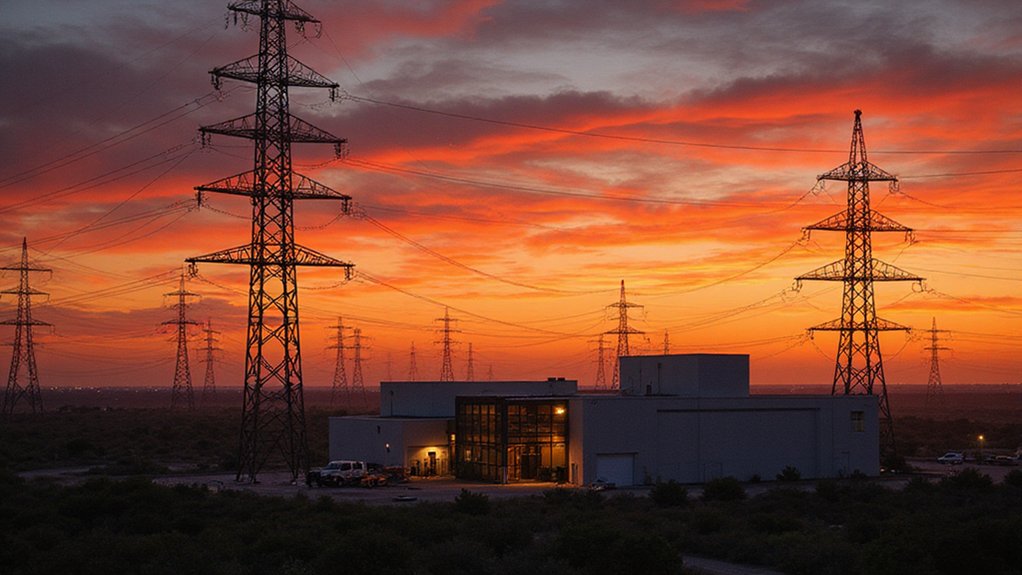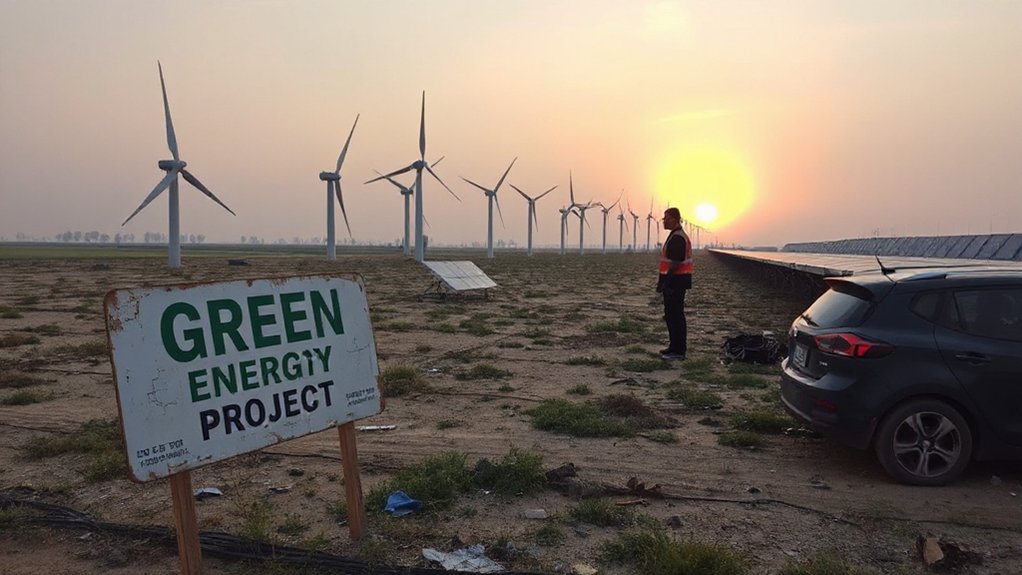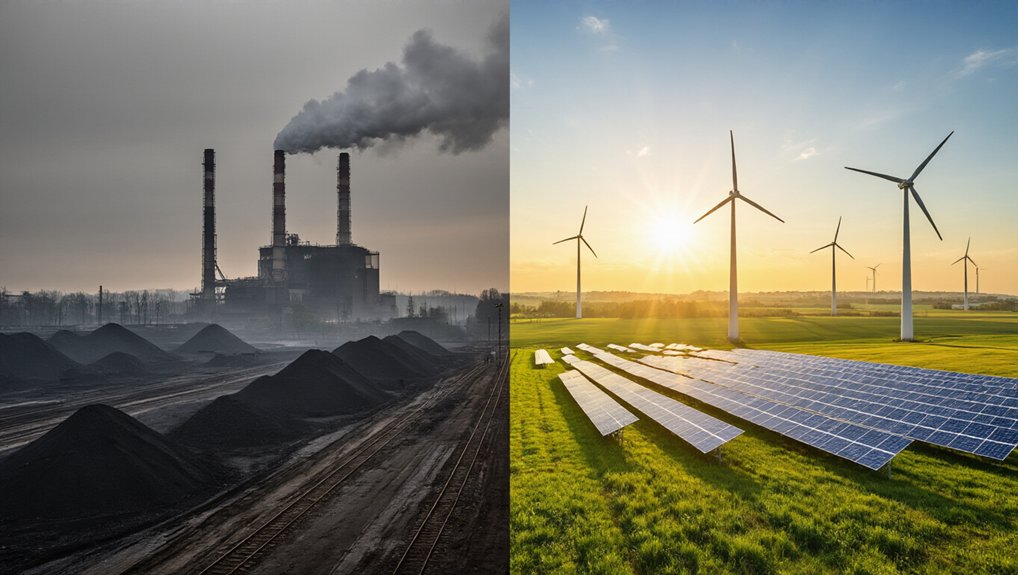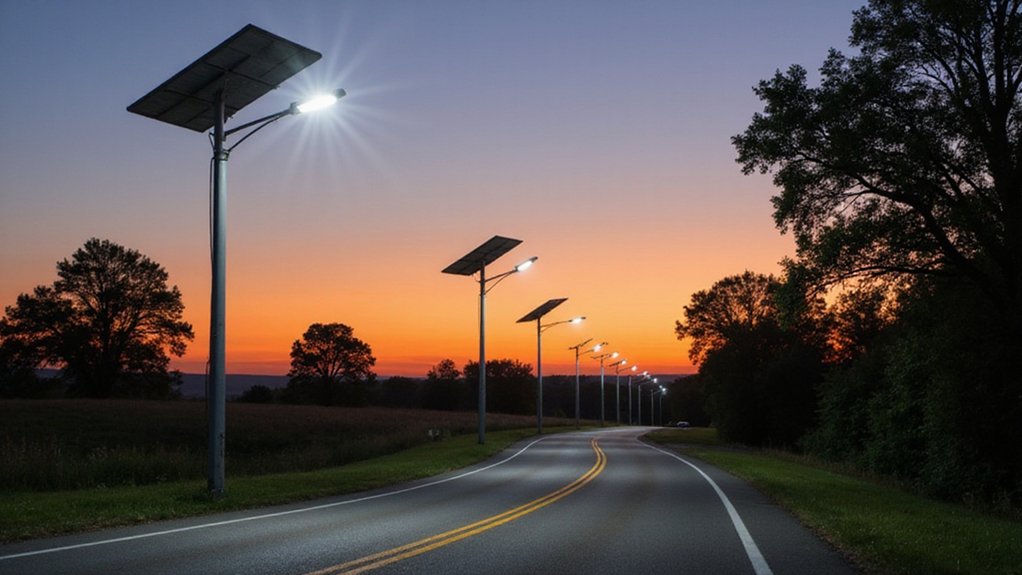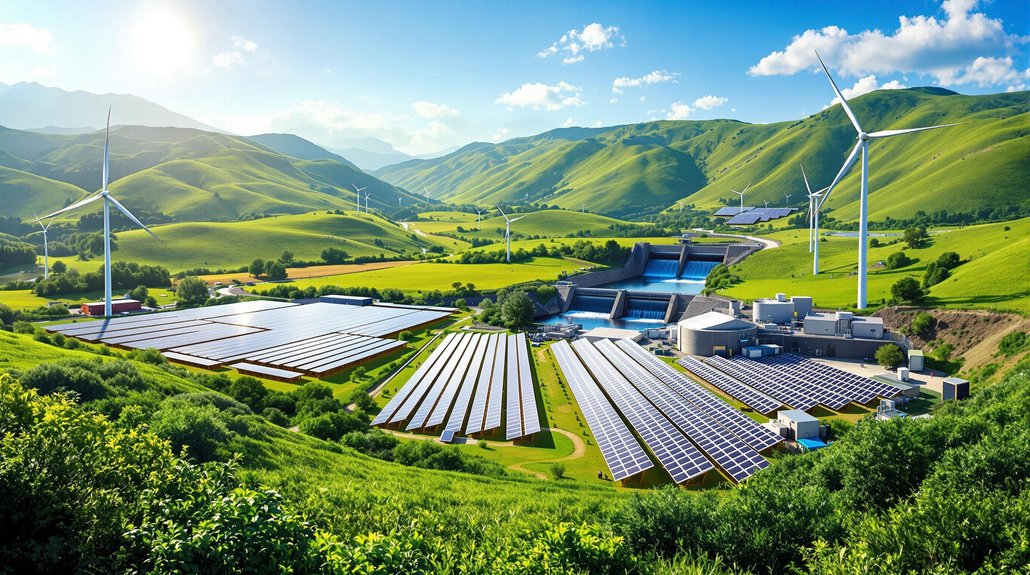Labor’s unprecedented electoral victory has given the party a clear mandate to pursue its ambitious renewable energy goals. Australian voters showed strong support for climate action despite fierce opposition from fossil fuel interests. The plan aims to reach 82% renewable electricity by 2030, aligning with the national target of 43% emissions reduction. Experts say this shift could transform Australia’s energy environment and create thousands of new jobs. What will this mean for everyday Australians?
Australia is set to undergo a major change in its energy sector with Labor’s ambitious plan for 82% renewable electricity. This target emerged from energy modeling conducted by RepuTex before the 2022 federal election. The goal supports Labor’s broader aim to cut national emissions by 43% by 2030.
The recent 2025 federal election gave Labor a historic majority, which many see as strong public support for bold climate action. Voters backed the party despite opposition from conservative groups and fossil fuel interests. The Greens now hold the Senate balance, while climate-focused independents have gained more seats.
At the heart of this renewable push is the $20 billion Rewiring the Nation fund. This money will help build new transmission infrastructure needed to connect renewable energy zones across the country. These zones will host large solar and wind farms along with energy storage systems. The fund aims to address critical bottlenecks in the electricity grid that have been hampering renewable energy development. Australia‘s battery storage capacity is being dramatically expanded, similar to the U.S. where capacity has nearly doubled to address intermittency concerns.
The government is working on plans to decarbonize six major economic sectors including electricity, transport, and agriculture. They’re also developing a 2035 emissions target, likely between 65% and 75% below 2005 levels. Large-scale battery projects are being developed to guarantee reliable power as more renewables come online.
Labor has firmly rejected nuclear energy. Instead, they’re focusing on the Safeguard Mechanism and carbon market reforms to speed up emissions reductions across different industries. They might introduce a carbon border adjustment mechanism to protect Australian businesses during the change.
The policy shift is expected to attract significant investment in clean energy projects. Investors now have more certainty about Australia’s energy future. This should create new business opportunities and potential export markets for renewable energy. The government has already approved sufficient renewable projects to power nearly every home in Australia, marking significant progress toward their ambitious goals.
For workers in fossil fuel regions, the government is creating adjustment programs to help them find new jobs. As Australia rapidly builds renewable projects, there’s ongoing discussion about protecting biodiversity in development areas.
References
- https://coremarkets.co/insights/what-labors-election-victory-means-for-australias-energy-and-carbon-markets
- https://alp.org.au/building-a-future-made-in-australia/
- https://www.dailyclimate.org/analysis-australias-voters-give-labor-a-mandate-to-speed-up-the-renewable-energy-transition-2671906076.html
- https://www.argusmedia.com/en/news-and-insights/latest-market-news/2684881-australia-re-elects-renewable-focused-labor-party
- https://www.energycouncil.com.au/analysis/the-82-per-cent-national-renewable-energy-target-where-did-it-come-from-and-how-can-we-get-there/

